Is the ever-controversial addition of programs "backward technology" as we all call it?
Nowadays, the wave of new energy is sweeping, and the discussion about different technical forms continues to ferment on the Internet. Among them, whether the extended range technology is backward has always been the focus of debate. Today, we might as well explore the past lives of extended range technology together to find the answer.
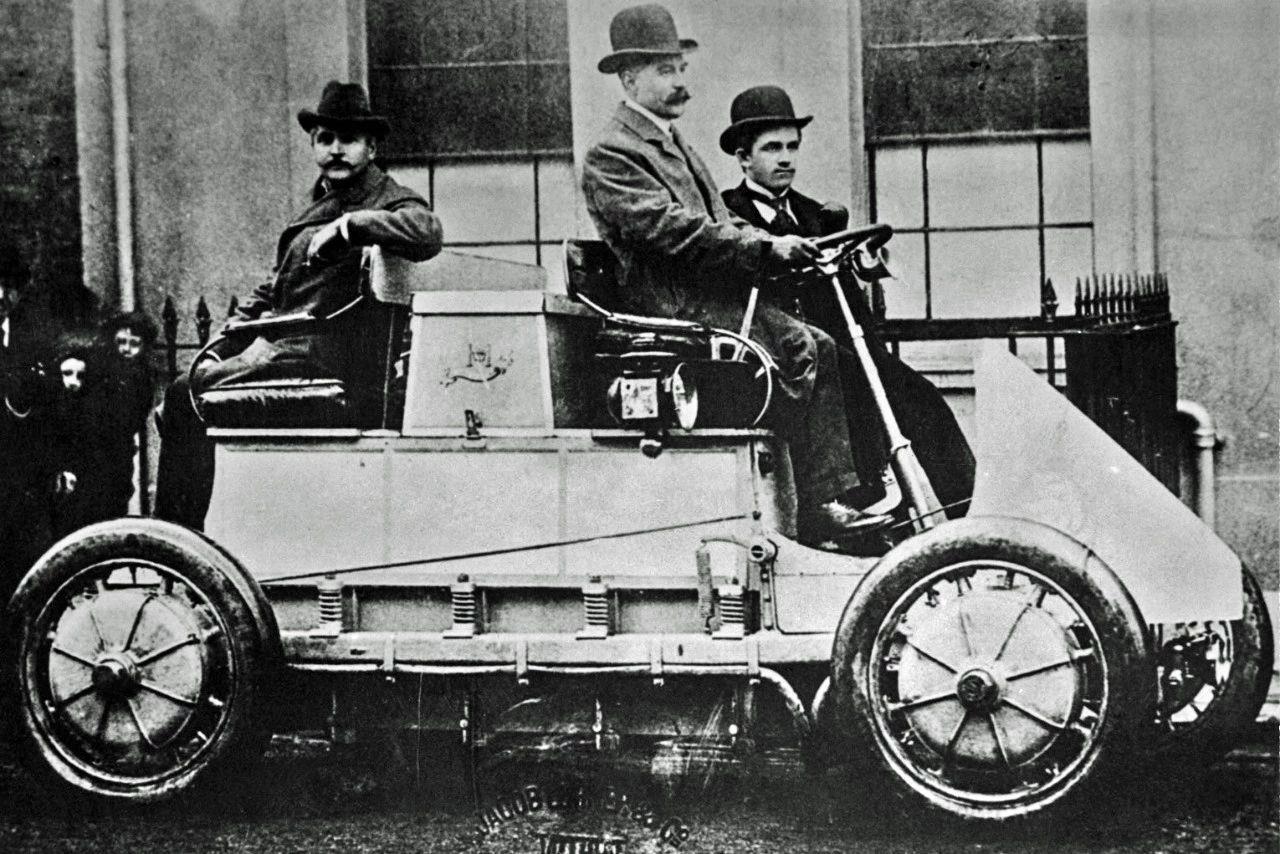
Speaking of the history of extended-range technology, it can be traced back to 1900, when ferdinand porsche developed the first electric vehicle. However, due to the technical limitations at that time, it had a short battery life and had no practical value at all. Ferdinand porsche installed an internal combustion engine to generate electricity, and the world’s first series hybrid electric vehicle was born, which is also the embryonic form of modern extended range technology. Then, with the development of internal combustion engine technology, the extended range technology gradually disappeared in people’s field of vision. After all, people at that time did not need energy saving and emission reduction at all.
Until the 20th century, with people’s deeper understanding of environmental protection issues, car companies began to test new energy vehicles. However, it is a pity that in the development of fuel vehicles for more than 100 years, the battery technology has not made a qualitative leap, and the cruising range has made the development of electric vehicles an insurmountable technical barrier, and the emergence of extended programs has also become a matter of course.
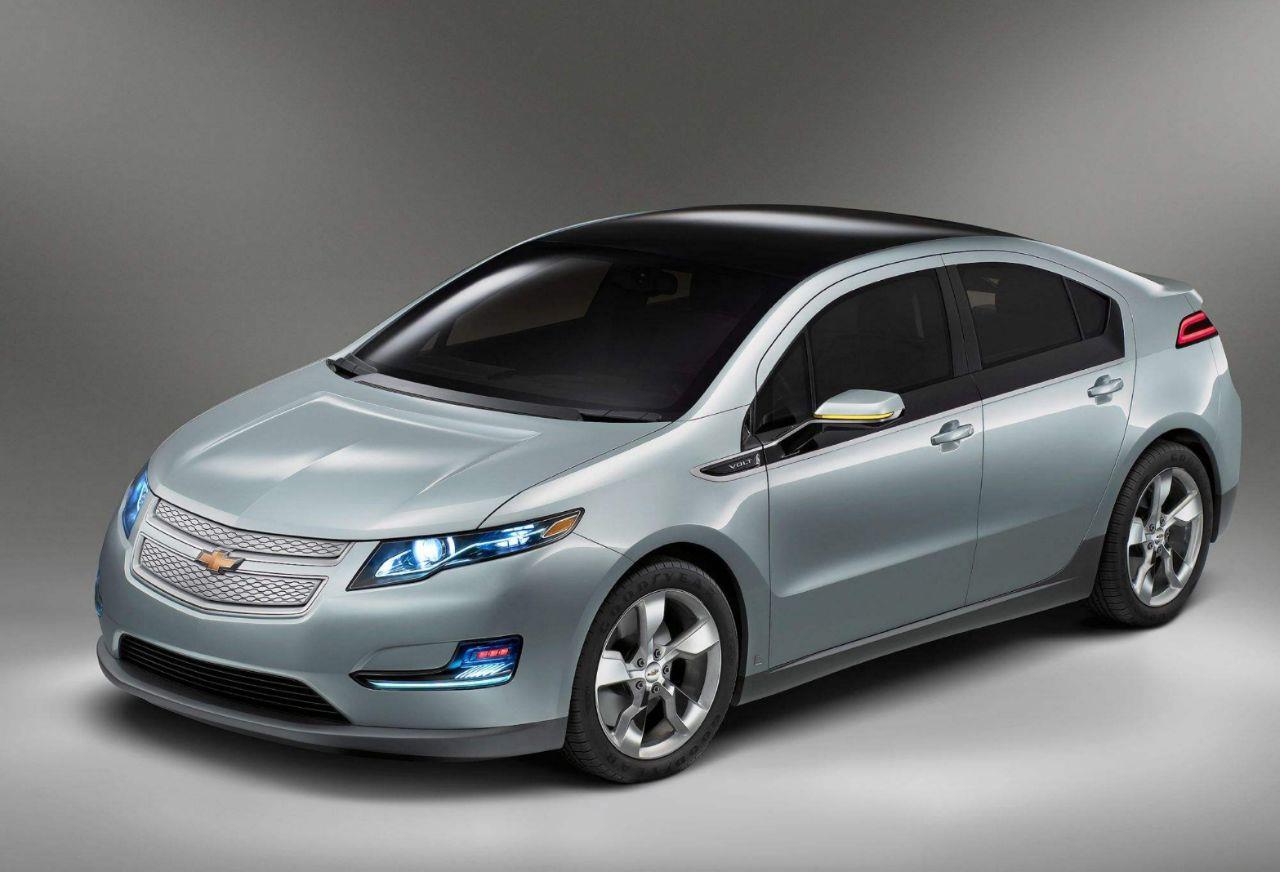
In 2012, GM developed a Chevrolet Volt extended-range version and put it on the market. After more than 100 years, mass-produced extended-range cars reappeared in the world. Coincidentally, BMW launched the i3 extended range version in 2013, but it ended up hastily because of its high pricing. Among domestic independent brands, Chery has also launched two extended-range power models, but unfortunately it stopped at the concept model.
In 2019, Li ONE, a new force in car manufacturing, adopted extended-range hybrid technology in another way, bringing this technology back to the public’s field of vision. Then, at the end of 2021, AITO brand launched its first model, the M5, which also adopted extended-range hybrid technology. With the help of the new energy environment, the sales of extended-range models are not what they used to be. According to the statistics of China Automobile Association, the domestic market sales of extended-range electric passenger cars in 2021 was 105,390, which was 202% higher than that in 2020 (34,916), achieving a net increase of 70,474 vehicles, accounting for 0.17% of the passenger car market in 2020 to 0.49% in 2021, and the market scale was expanding day by day.
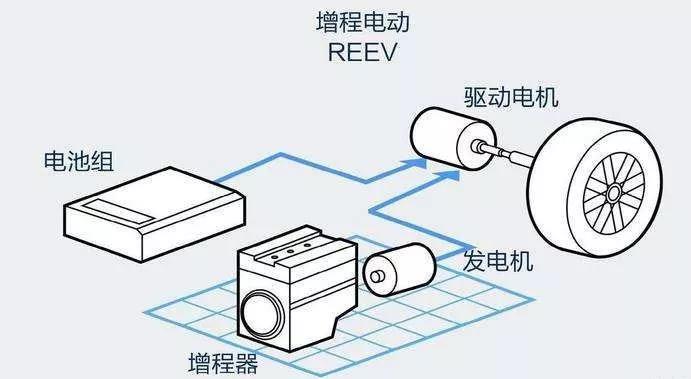
After talking about past lives, let’s go back to technology. In the simplest understanding, the extended-range electric vehicle is actually an electric vehicle with an engine. However, it is only driven by the motor under all working conditions, and the range extender only plays the role of energy supply. It can drive the generator to generate electricity, and then give the electric energy to the driving motor or store it in the battery. At the same time, the vehicle can also be charged by an external power source (charging pile), and the battery can store electric energy.
As for the working mode, the extended-range hybrid has two working modes: pure power and extended range. The system can switch intelligently according to the remaining power and the user-defined power threshold, and the user can also set the operating mode directly. Under normal circumstances, the battery charge will be kept in the range of 20%~70%, and the range extender can always maintain efficient operation because it does not need to directly drive the wheels.
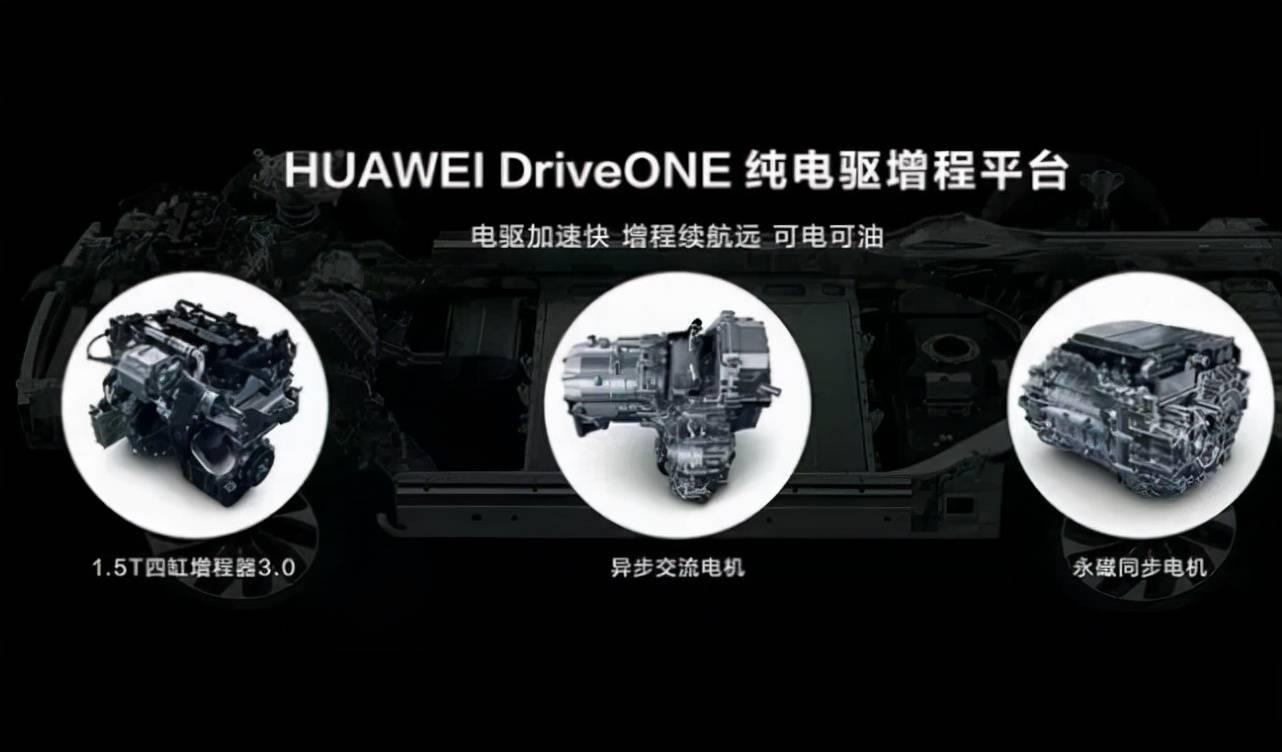
In other words, if you commute in the city and have a household charging pile, the user can completely set the lowest SOC value of 20% (the range extender is involved in the power), and always use EV mode, so that you can completely use it as a tram. However, if you need long-distance travel or long-term strong power output, you should increase the SOC value, so that the range extender can be recharged continuously and quickly, ensuring better energy consumption performance while ensuring performance output.
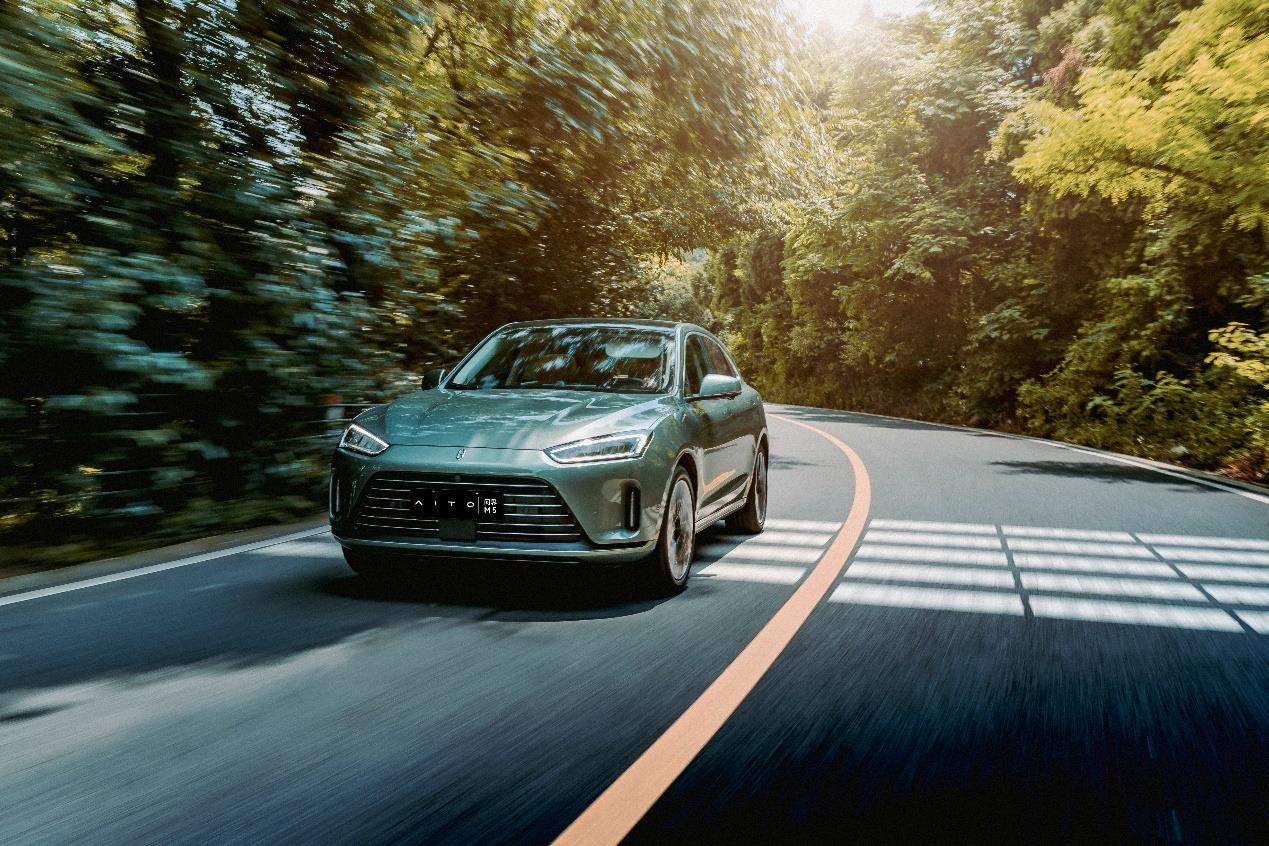
For consumers, responsible technical principles are useless, what is really needed is real use value. Let’s take a look at the actual energy consumption performance of the extended-range hybrid technology by asking the actual performance of M5. With reference to the media’s measured high temperature in summer, the average fuel consumption was calculated when the M5 was driving 400km with full oil and electricity. The final fuel consumption was 5.32L/100km, and the power consumption was 7.21kWh/100km. By horizontal comparison, the average fuel consumption of BMW X3 and Mercedes-Benz GLC is 10.06L/100km, based on the real fuel consumption of the owner of the bear. It should be known that the power and weight of the M5 are far higher than those of these two cars.
We can completely draw a conclusion that even if the extended range technology is used with pure refueling, the fuel consumption performance is still much better than that of the fuel vehicle, and the battery life is about 400 kilometers longer. Therefore, for the extended-range technology, users can use electricity for short distances and oil for long distances, which can not only enjoy the driving sensation of pure electricity, but also need not worry about the cruising range, and the cost of using a car is much lower than that of a fuel car. Moreover, the driving sense of pure electric vehicle is better than that of fuel vehicle, which further strengthens the advantages of extended range technology.
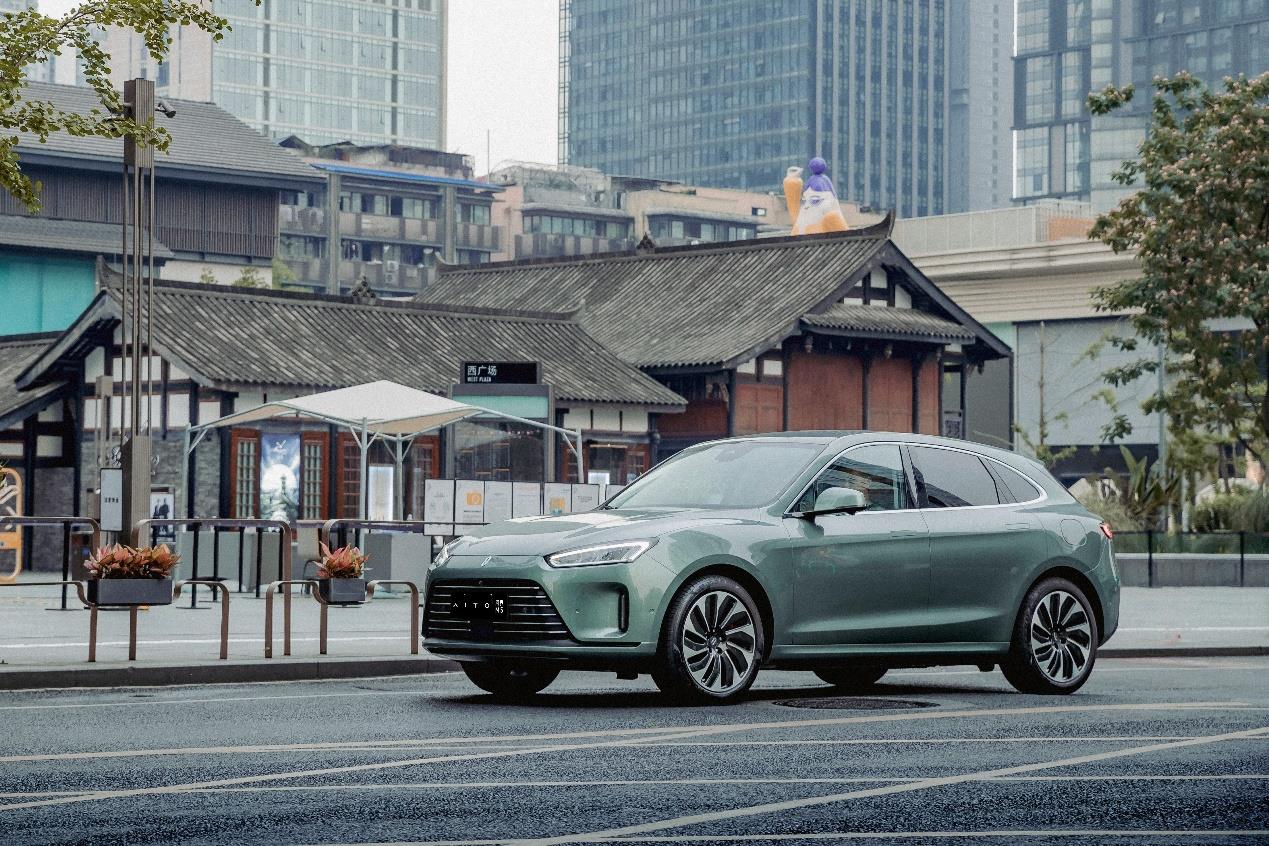
Summary:
Obviously, user experience is the starting point and the end result of judging technology. Unnecessary technical complexity is self-satisfaction, which will only increase costs for users. At this stage, pure electric vehicles are still limited by battery life and charging convenience, and extended range is undoubtedly a more suitable choice for users to buy new energy from fuel. Considering the acceleration performance, driving comfort, vehicle cost, endurance and energy consumption performance, we can’t even find a part where the extended-range vehicle is inferior to the fuel vehicle, and there is no need to argue whether the extended-range vehicle is advanced or backward … …